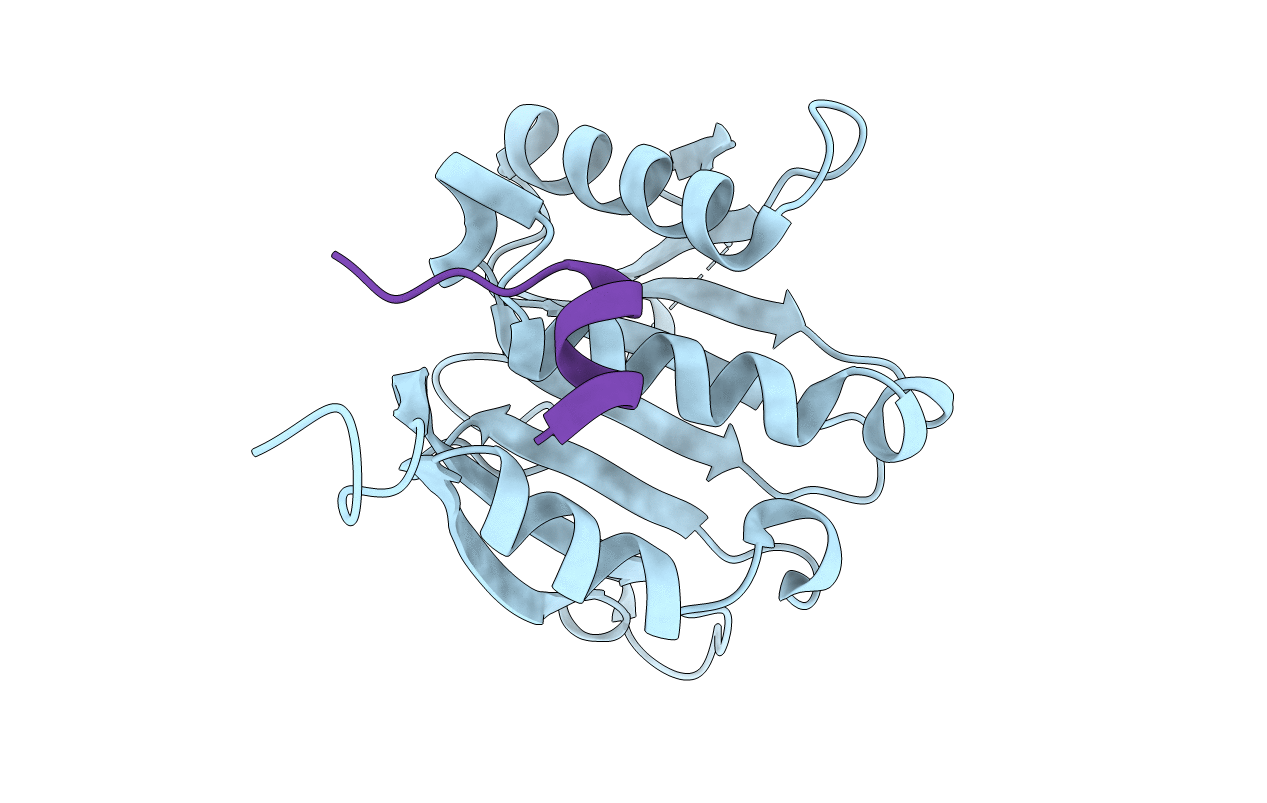
Deposition Date
2013-03-07
Release Date
2013-12-11
Last Version Date
2024-10-16
Entry Detail
PDB ID:
4BEA
Keywords:
Title:
Crystal Structure of eIF4E in Complex with a Stapled Peptide Derivative
Biological Source:
Source Organism:
Homo sapiens (Taxon ID: 9606)
SYNTHETIC CONSTRUCT (Taxon ID: 32630)
SYNTHETIC CONSTRUCT (Taxon ID: 32630)
Host Organism:
Method Details:
Experimental Method:
Resolution:
2.57 Å
R-Value Free:
0.26
R-Value Work:
0.22
R-Value Observed:
0.22
Space Group:
C 2 2 21


